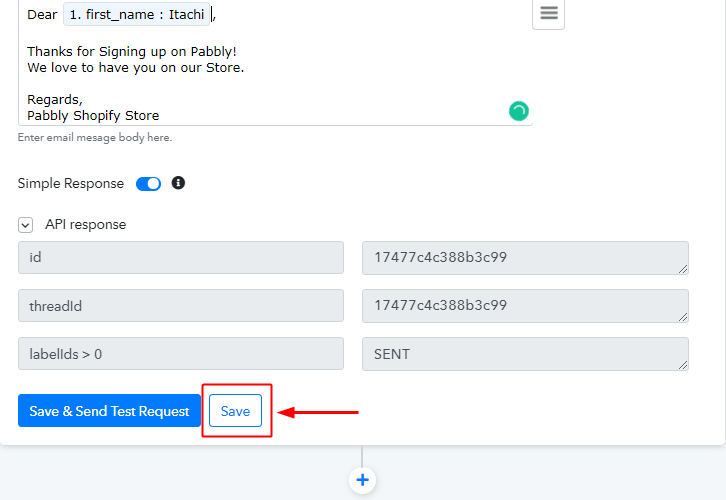
For example, if you created a filter on user_data.os, iOS, ios, and IOS are equivalent. NOTE: While Branch preserves the original case of all captured data field values and case is retained through export, when webhook/postback filters are evaluated, case-sensitivity is removed. Only events that pass the filter criteria will be sent. In the Advanced section of the page you can create a filter. At this time webhooks can only be sent every time an event occurs.
CONNECT WEBOOK TO GET FULL LIST INSTALL
IDFV) to de-dupe install events on your internal systems.įor additional information on changes post iOS 14.5, visit our FAQ Pages 📘Įvents will only appear in the event dropdown if at least one of those events has been recorded in the past 30 days.įor an exhaustive list of events and more detailed definitions of each event, please see the Event Ontology Data Schema. Our recommendation is to use a different identifier (ex.

Opt-ins will affect your final install count. When an install is attributed to paid ads, a 2nd install event will fire post user opt-in Triggered whenever a Branch link is clicked on any platformĪ complete list of events you track through the Branch Web or App SDKs.Īpple requires users to opt into sharing their device data through Apple's AppTrackingTransparency framework. Triggered when the user views a webpage using the Branch Web SDK Triggered whenever the app is opened (and the open is neither an install or reinstall) Triggered if a user deletes and reinstalls your app on their device. Triggered the first time a user ever launches your app on their device. Without Data Feeds, you can still export Branch data in CSV form directly from the Branch dashboard via Sources or CSV Exports. The Webhooks are included in Branch’s Data Feeds offering, which can be purchased according to Branch’s pricing schedule. The data is formatted according to standard event naming and metadata format which will get you through implementation and on to analysis in no time. Our webhook infrastructure supports all Branch events. You can register to only receive notifications for specific events, as well as specific subsections of events, filtered by link data, user data or event properties. The webhook system is highly customizable. For pre-configured integrations into popular analytics tools, please visit our Data Integrations documentation. If you are looking for postback integrations for ad networks, please visit our Universal Ads documentation. You simply need to specify a URL for the POST or GET requests. You can import this data into your internal systems for analysis.

Some legacy plans with different names may also have this feature.Branch’s webhook system allows you to export install and down-funnel event data as it occurs. This feature is available on the Growth plan or above. Once that rule is triggered, you should successfully receive a payload at your webhook. Paste the URL of your webhook into the Target Webhook field in the rule action. Part 2: Set up your ruleĬreate a new team rule, and choose your desired When and If conditions.įor your Then condition, select Send to a Webhook. If you want to reduce the amount of API calls you would need to get conversation details, make sure to enable Send Full Event Data. This will expose things like Subject, Status, Assignee, Recipient, Tags and the message itself in the webhook payload.Ĭlick Save to finish enabling the Webhooks integration. Click to the Settings tab and toggle on Enabled. Select Webhooks from the list of integrations. Instructions Part 1: Enable the integrationĬlick the gear icon on the top right of Front and into the Company settings tab, and select Integrations from the left menu. Like other integrations, you need to be an admin in order to enable the Webhooks integration.

You can find documentation of the JSON format of the event here. The Webhooks integration allows you to be automatically notified when something happens in Front without having to constantly poll the API. It also gives you access to a new rule action to set up a URL that will receive an HTTP request every time the rule is triggered.


 0 kommentar(er)
0 kommentar(er)
